Lloyd Woo eases a motorboat through the clear blue waters of the Bismarck Sea in the southwestern Pacific, to the edge of a coral reef. When he sights a specific cluster of coconut palms on the shore of one of Papua New Guinea's smattering of northern islands, he cuts off the engine. He turns to a couple of visiting scuba divers, tugging on fins and fiddling with their masks, and explains how to find the World War II-era airplane below.
"Everything's still intact, the propeller's still there, the double wings," he explains. "You get to about 25, 26 meters [85 feet], you'll meet the plane."

The Second World War ended 73 years ago, but history can feel very much alive in this corner of the South Pacific. Invaded and used as a Japanese military base in 1942, the Bay of Rabaul, on the northern end of Papua New Guinea's New Britain island, saw one of the most intense, sustained Allied bombing campaigns of the war in the years that followed. That legacy now helps fuel a modest tourism industry, as visitors from all over the world come to scuba dive around the wrecks.
Underground tunnels, hewn into the ground, were used for shelter in the war years. Husks of downed planes are still being discovered in farmers' fields and deep underwater, prompting efforts to match the aircraft with the names of soldiers missing in action.

During the war, prisoners of war and members of Papua New Guinea's Tolai tribe were forced by Japanese soldiers into hard labor, building airplane runways and these tunnels. Woo, a local dive master of Tolai and Chinese descent, says his father used to tell him stories from the war years — relatives would "always come out at nighttime from the tunnels, head over to the gardens to grab food or whatever, and head back before daylight again."

The wrecks of Rabaul lie right where they sank. Colorful fish dart around the controls of a Mitsubishi F1M outfitted for water landings and used by Japanese forces. A coral reef grows to reclaim it.


Theories about what happened to this biplane vary. Some experts claim that it ran out of fuel and the crew swam to shore. Woo's own research suggests it was hit by Allied bombs and sank where it was moored.
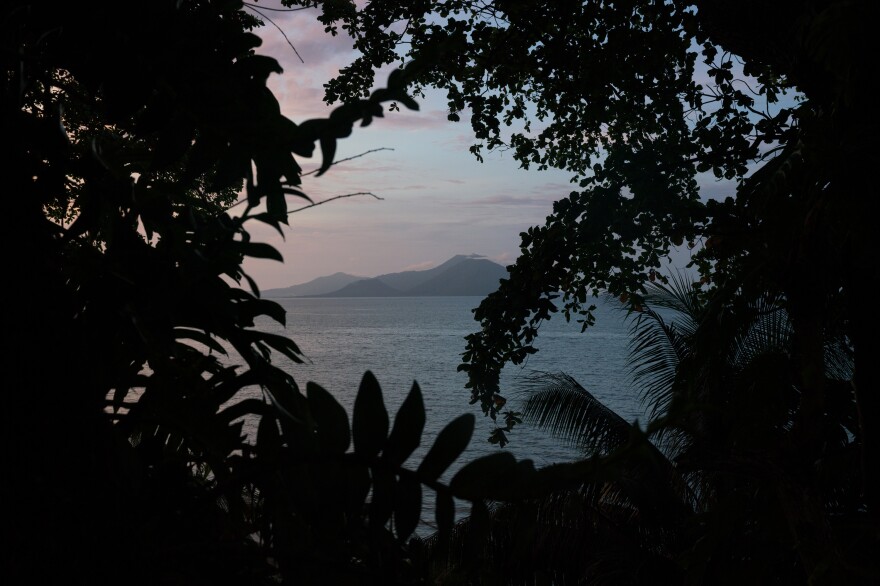
The legacy of war
It takes a couple of tries for David Flinn to open the door of the old New Guinea Club, a prewar building turned museum in Rabaul. In 1994, the town was smothered in ash during a volcanic eruption, leading most residents to relocate to nearby towns like Kokopo. Flinn, a member of the Rabaul Historical Society, still lives in Rabaul with his family.

Rabaul was a colonial base for German growers from the mid-1800s until the end of World War I, when it was transferred from German control to Australia. That history, and its location on a large natural harbor, helped make it a prime target for Japan's military in 1942.
"Rabaul was important to the Japanese because it was a forward base. The harbor itself could hold huge amounts of Japanese shipping," Flinn explains. "From there, they could attack the New Guinea mainland."
And they did. The 1942 Battle of Milne Bay, at the southern tip of the main New Guinea island, involved Japanese planes that flew from Rabaul. The battle ended in defeat for the Japanese forces and became a turning point in World War II's Pacific Theater.
After 1945, the islands that now make up Papua New Guinea were transferred back to Australia. Thirty years later, Papua New Guinea won independence.
Occasionally, Flinn accompanies crews that dive to locate war-era wrecks. Earlier this year, they located an intact Japanese reconnaissance seaplane, an Aichi E13A, lying upside-down on the ocean floor.
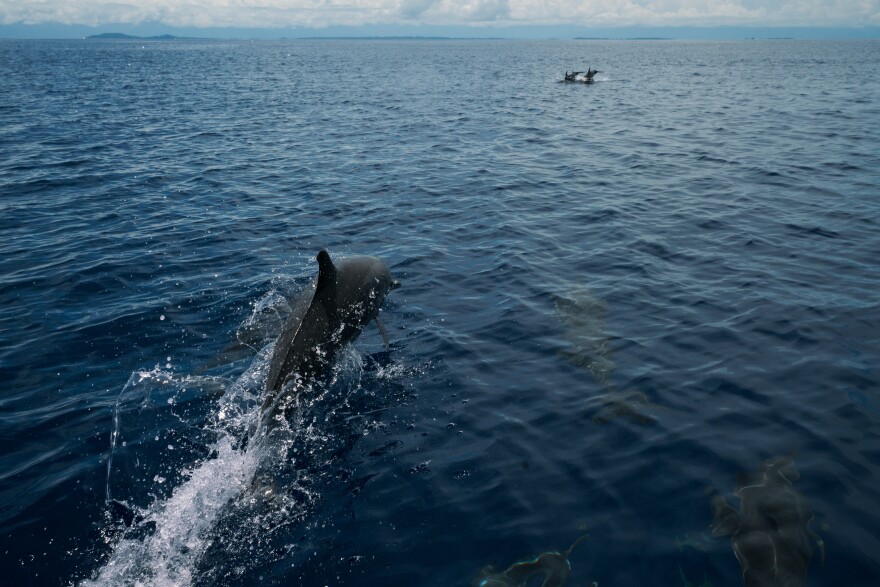
"There's a 500-pound bomb sitting straight up and down. It's been missed for years and years and years," Flinn says. "Every time you dive a new wreck, you get the adrenaline rush."
Due to the danger of unexploded artillery and laws governing war graves, Flinn and his team can't touch the wrecks they find. Instead, they look for serial numbers, take as many pictures as possible and notify authorities. The relevant country is tasked with coming in to recover the wreck.

More than 200,000 Japanese service members died during the New Guinea campaign, according to statistics from government records compiled by historian Damien Fenton for the Australian War Memorial. Australia and the U.S. lost several thousand soldiers each.
Remains have never been found for many of the war dead who served in the Pacific. More than 72,000 U.S. service members total are still considered missing in action from World War II. Some 26,000 are thought to be recoverable, according to the Defense POW/MIA Accounting Agency.
With a $146 million budget, the agency is tasked with identifying and matching their remains, as well as those missing from other wars. But the task becomes harder each year.
"To make a DNA identification, we have to find a family member who can be a potential match, but these service members were 17, 18 years old. They never had children to pass DNA onto," says Sgt. Kristen Duus, an agency spokesperson. "We may use dental analysis, if they had X-rays prior to death [or] chest radiographs, which were usually done to test for [tuberculosis]."
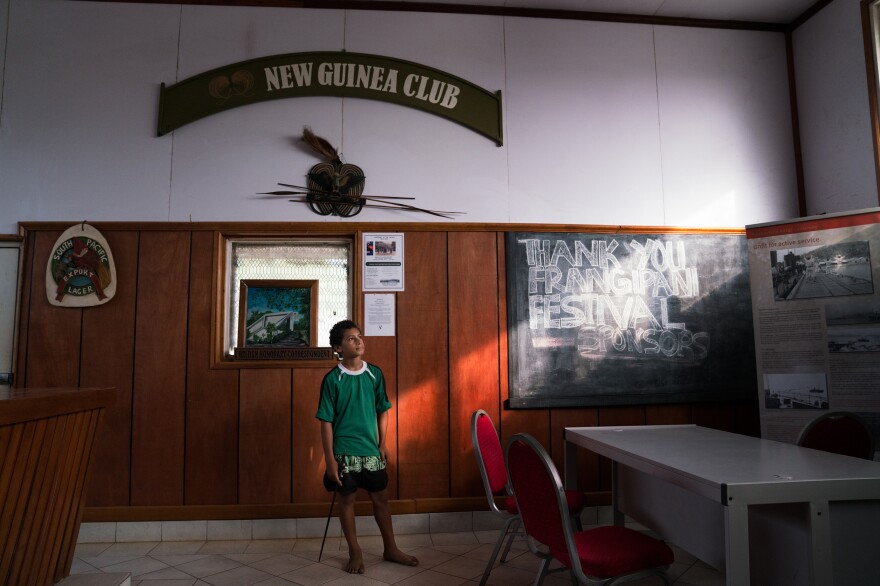
The agency also works with academics and private researchers. Some individuals do research on their own, out of a personal desire to find answers.
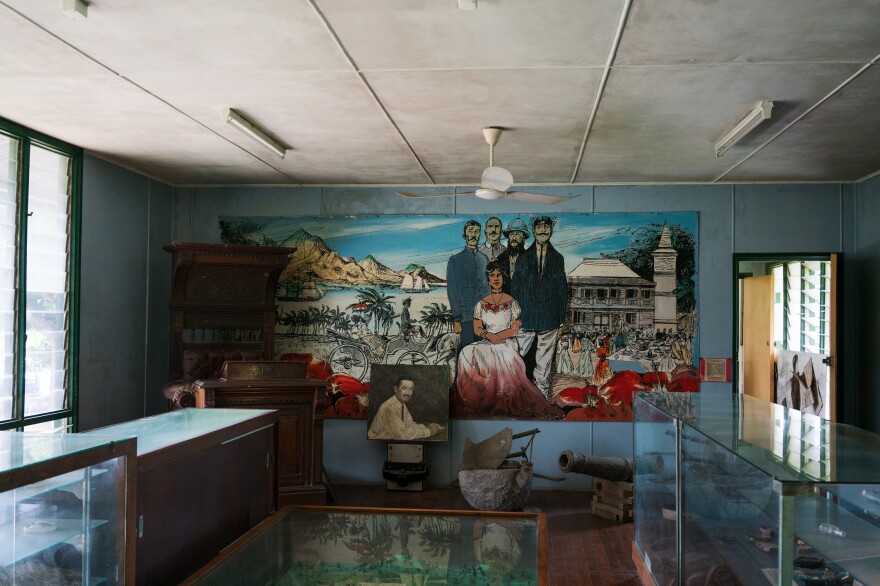
Justin Taylan, an American researcher who runs a nonprofit called Pacific Wrecks and tries to locate missing crash sites, is one of them.
During World War II, "There was no GPS, there were no black boxes, so a plane disappeared completely. Sometimes it was seen over the target or seen returning, but never showed up at the base," he says. "For the family of that pilot that was seen flying into a cloud and never came out, maybe it would provide closure for them. There's these stories that have not been told. And I love stories."

Retracing a father's steps
A covered truck bounces over the dirt roads outside Kokopo, navigating potholes that may turn an expected 30-minute drive into two hours. Taylan sits in the back with Jon O'Neill, a writer from Florida.
O'Neill's father, an American pilot who served in Papua New Guinea during the war, died of leukemia when O'Neill was 6. For this trip, Taylan decided to help O'Neill retrace his father's steps from the capital Port Moresby to a village in Oro Province, and then to Rabaul, where his father flew missions against the Japanese.
"This was the big gap in my father's life that I wasn't able to fill in," O'Neill says. "That's why I had to come here, you know? I have to see what the sky looks like, what the ground looks like, what the people look like."
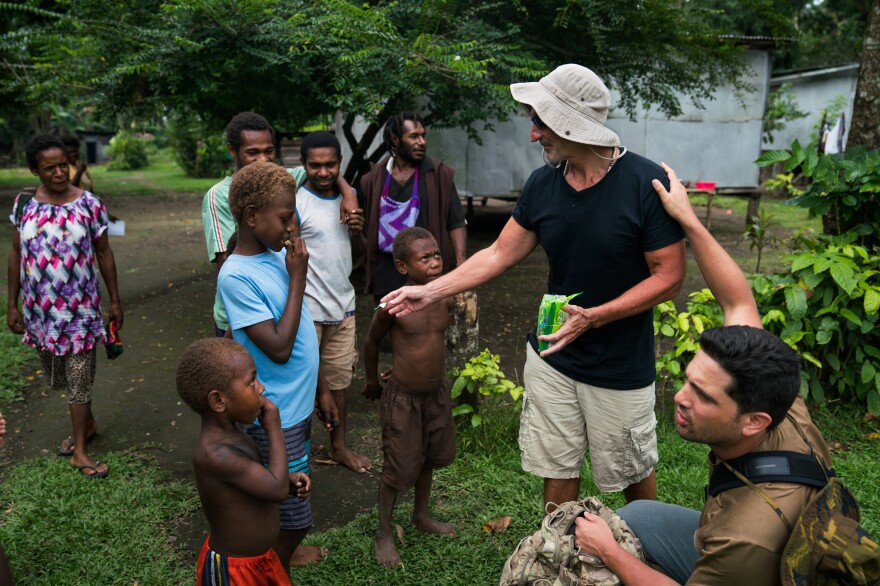
The car stops at a massive plantation of tall coconut trees. Rows of cacao trees grow lower to the ground, in the shade. During World War II, the land was cleared and used as a Japanese airstrip.
Taylan greets the families who live here and work on the land. After handing out candy to the kids and photos of himself and O'Neill, he asks permission to see wreckage on the property. The children lead the way to what first looks like a pile of scrap metal — and with machetes, they start to hack away the undergrowth. The flaked, dull-green paint of a military plane starts to emerge.
"They've been out in the sun exposure for 75 years, but if you look closely, you can still see the original markings, a piece of the rising sun," Taylan says, moving close to identify it.
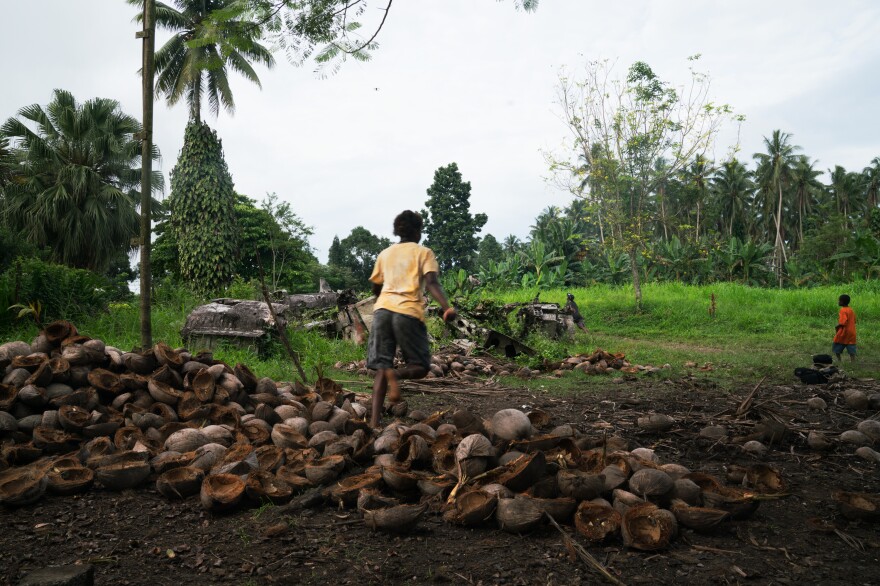
This Japanese plane, Taylan says, is a Nakajima Ki-43 Hayabusa, known as an "Oscar" by Allied forces. That's a name that O'Neill recognizes from his father's mission reports.
"My dad claimed an Oscar on the 24th mission," O'Neill says. "You never know. It's possible my old man may have shot that one down."
O'Neill takes a moment, growing quiet.
"To think that people would actually get in these things and go up in the sky and shoot at each other. How the people that were here ... were subjected to all kinds of bombs, day after day, for years and years," he says, shaking his head. "It's overwhelming."

Durrie Bouscaren (@durrieB) spent six weeks reporting in Papua New Guinea as NPR's Above the Fray fellow. The fellowship is sponsored by the John Alexander Project, which supports foreign reporting in undercovered parts of the world.
Copyright 2023 NPR. To see more, visit https://www.npr.org.








